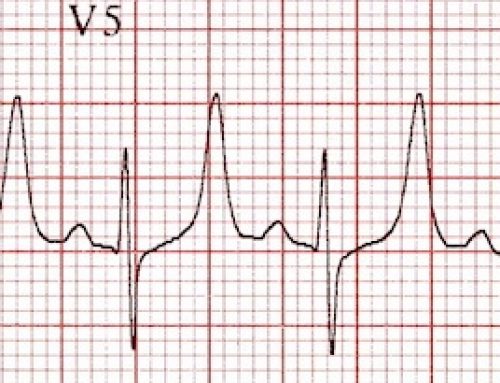
Tubular dysfunction due to aldosterone deficiency or insensitivity can also cause hyperkalemia. This is commonly due to primary renal dysfunction but may be due to acute volume depletion from dehydration or bleeding or decreased circulating blood volume due to congestive heart failure or cirrhosis. Hyperkalemia is usually not seen until the glomerular filtration rate falls below 30 ml/min.

Hyperkalemic periodic paralysis is a rare, autosomal dominant condition that causes potassium to shift into the extracellular space due to impaired sodium channel function in skeletal muscle.Īcute or chronic kidney disease is a common cause of hyperkalemia. Tumor lysis syndrome, particularly in patients receiving chemotherapy for hematogenous malignancy, may cause acute hyperkalemia due to massive cancer cell death. Certain medications, such as succinylcholine, may cause severe, acute potassium elevations in patients with up-regulation of receptors, particularly in subacute neuromuscular disease. Insulin deficiency and diabetic ketoacidosis may cause dramatic extracellular shifts causing measured serum potassium to be elevated in the setting of whole-body potassium depletion. Sepsis or dehydration may lead to hypotension and decreased tissue perfusion leading to metabolic acidosis with subsequent potassium elevation. Metabolic acidosis is most frequently caused by decreased, effective circulating arterial blood volume. Metabolic acidosis may cause intracellular potassium to shift into the extracellular space without red cell injury. This can be due to rhabdomyolysis from a crush injury, excessive exercise, or other hemolytic processes. Intravenous intake through high potassium-containing fluids, particularly total parenteral nutrition, medications with high potassium content, and massive blood transfusions can significantly elevate serum potassium levels.Ĭellular injury can release large quantities of intracellular potassium into the extracellular space. While generally safe to consume even in large quantities by patients with normal potassium homeostasis, these foods should be avoided in patients with severe renal disease or other underlying conditions or medications predisposing them to hyperkalemia. High-potassium-containing fruits include kiwis, mangoes, oranges, bananas, and cantaloupe. Many vegetables that are also high in potassium include spinach, potatoes, tomatoes, broccoli, beets, carrots, and squash.

Foods with high potassium content include dried fruits, seaweed, nuts, molasses, avocados, and Lima beans. Increased potassium intake from food is a very uncommon cause of hyperkalemia in adult patients with normal renal function but can be an important cause in those with kidney disease. Specimens drawn from patients with leukocytosis or thrombocytosis are also frequently associated with falsely elevated potassium concentrations. Using tourniquets and excessive fist-pumping during the blood draw also increase the risk. Hemolysis is more common when a syringe is used than a vacuum device. Pseudohyperkalemia is most commonly due to hemolysis of the sample, causing intracellular potassium to be measured in the serum. The most common cause of hyperkalemia is pseudohyperkalemia, which is not reflective of the true serum potassium levels. The urgency of therapy depends on symptoms, serum levels, and causes of hyperkalemia.

True hyperkalemia may be caused by increased potassium intake, transcellular movement of intracellular potassium into the extracellular space, and decreased renal excretion. Hyperkalemia should always be confirmed before aggressive treatment in cases where the serum potassium is elevated without explanation. Pseudohyperkalemia is quite common and represents a false elevation in measured potassium due to specimen collection, handling, or other causes.

Infants have higher baseline levels than children and adults. Patients with chronic hyperkalemia may be asymptomatic at increased levels, while patients with dramatic, acute potassium shifts may develop severe symptoms at lower ones. Symptoms usually develop at higher levels, 6.5 mEq/L to 7 mEq/L, but the rate of change is more important than the numerical value. While mild hyperkalemia is usually asymptomatic, high potassium levels may cause life-threatening cardiac arrhythmias, muscle weakness, or paralysis. Hyperkalemia is defined as a serum or plasma potassium level above the upper limits of normal, usually greater than 5.0 mEq/L to 5.5 mEq/L.


 0 kommentar(er)
0 kommentar(er)
